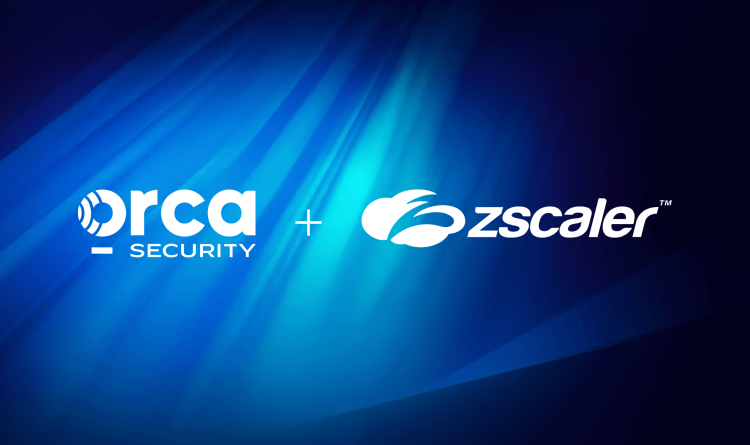IaC Security refers to the practice of securing infrastructure as code (IaC) artifacts to prevent misconfigurations, vulnerabilities, and policy violations before infrastructure is deployed. As organizations increasingly rely on automation to build and manage cloud environments, IaC Security plays a critical role in shifting security left—catching issues early in the development lifecycle before they reach production.
IaC Security ensures that the speed and scalability offered by infrastructure as code don’t come at the cost of security or compliance.
What is IaC?
Infrastructure as code (IaC) is the process of managing and provisioning cloud infrastructure through machine-readable configuration files. These files define cloud resources—such as virtual machines, storage buckets, networking components, and permissions—and enable teams to automate the deployment of infrastructure with version control, repeatability, and scalability.
Popular IaC tools include:
- Terraform
- AWS CloudFormation
- Azure Resource Manager (ARM)
- Pulumi
- Ansible (for configuration management)
IaC is foundational to DevOps and cloud-native practices, enabling rapid deployment and reducing manual configuration errors.
Why IaC Security matters
While IaC brings tremendous benefits in terms of agility and consistency, it also introduces new risks. If security is not integrated into the authoring and review stages of IaC templates, misconfigurations or overly permissive settings can be replicated at scale—potentially exposing sensitive data, cloud assets, and applications.
Key reasons why IaC Security is essential include:
- Preventing security drift: Templates enforce consistent policies across environments, but only if they are secure to begin with.
- Reducing misconfigurations: A single insecure default—such as a publicly accessible S3 bucket—can be deployed across dozens of environments.
- Shifting security left: Catching vulnerabilities in code repositories or pipelines is faster, cheaper, and less disruptive than remediating them in production.
- Enforcing compliance: IaC Security ensures that infrastructure adheres to internal policies and external regulations before it’s provisioned.
- Enabling secure automation: Automation only scales securely when embedded with security and governance from the start.
Common risks in IaC templates
IaC files may appear simple, but they can encode complex infrastructure architectures—making them fertile ground for security issues. Common risks in IaC include:
- Overly permissive IAM policies: Granting wildcard or admin-level access to cloud resources
- Unrestricted networking rules: Opening ports to the internet or failing to restrict ingress/egress traffic
- Unencrypted storage: Deploying storage buckets, volumes, or databases without encryption enabled
- Public exposure of resources: Provisioning internet-facing workloads or databases without controls
- Hardcoded secrets: Including credentials, tokens, or private keys directly in IaC files
- Noncompliant defaults: Using base templates that violate internal policy or regulatory standards
These misconfigurations can lead to data breaches, privilege escalation, lateral movement, or service disruption if deployed without validation.
Key components of IaC Security
A strong IaC Security strategy includes both preventative and detective controls, integrated into existing development workflows. Core components include:
Static analysis of IaC templates
Security scanning tools analyze IaC files (e.g., Terraform, CloudFormation) for misconfigurations, vulnerabilities, and policy violations before deployment. This is often integrated into code repositories and CI/CD pipelines.
Policy as code
Security policies can be codified using frameworks like Open Policy Agent (OPA), allowing organizations to enforce standards programmatically across teams and projects.
Secrets detection
Tools that scan for hardcoded credentials and secrets help prevent accidental exposure through IaC files or version control systems.
Automated remediation
Some IaC Security solutions provide suggested fixes or autofix capabilities, reducing manual effort and accelerating secure deployments.
Context-aware risk analysis
Advanced tools correlate IaC risks with broader cloud posture—identifying which misconfigurations are exploitable or expose critical assets.
IaC Security in cloud-native environments
In cloud-native architectures, IaC is deeply embedded in continuous delivery pipelines, Kubernetes configurations, and multi-cloud orchestration. As a result, IaC Security must extend beyond static templates to encompass:
- Kubernetes manifests and Helm charts
- CI/CD pipeline definitions and automation scripts
- Containerized infrastructure provisioning (e.g., via Terraform modules)
- Integration with CI/CD security tools and DevOps workflows
Security must keep pace with rapid iteration and automated deployments—without slowing innovation or requiring heavy manual review.
IaC Security challenges
Despite its importance, IaC Security presents several challenges for organizations:
- Tool fragmentation: Different teams may use different IaC tools, making consistent enforcement difficult.
- Lack of visibility: Without scanning, security teams may not even be aware of IaC templates deployed by developers.
- False positives: Poorly tuned policies can generate alert fatigue, leading teams to ignore or disable security checks.
- Developer friction: If tools are not developer-friendly or integrated into existing workflows, adoption suffers.
- Evolving standards: Keeping pace with changes in cloud provider APIs, services, and compliance requirements can be difficult to manage manually.
A mature IaC Security program requires alignment across development, DevOps, and security teams—along with automation that enhances, not hinders, agility.
Best practices for IaC Security
To implement effective IaC Security, organizations should:
- Integrate security early: Embed scanning into code editors, pull request workflows, and CI/CD pipelines
- Use version control: Track all changes to IaC templates to support audits and rollback
- Define reusable, secure modules: Establish shared templates that enforce baseline security
- Apply least privilege: Avoid over-permissive policies and use fine-grained access controls
- Continuously monitor deployed resources: Ensure that production environments match the secure intent defined in IaC
- Train developers: Educate engineering teams on secure IaC practices and common misconfiguration patterns
By embedding security into the development lifecycle, organizations can reduce risk while accelerating deployment velocity.
How Orca Security helps
The Orca Cloud Security Platform helps organizations secure infrastructure as code and cloud-native environments across AWS, Azure, Google Cloud, Oracle Cloud, Alibaba Cloud, and Kubernetes.
Orca strengthens IaC Security by enabling teams to:
- Automatically scan and validate IaC across popular IaC platforms, including Terraform, AWS CloudFormation, Azure Resource Manager, Google Deployment Manager, Ansible, Kubernetes, and more
- Set guardrails to warn developers of issues or block risky builds from being deployed
- Trace cloud risks to their IaC origins and leverage AI-driven code fixes and one-click pull requests (PRs) to fix issues at their source
- Combine IaC Security with other application security capabilities to enhance security pre-deployment
With Orca, teams can confidently scale infrastructure automation without compromising security or compliance—bringing secure cloud architecture into every commit.



